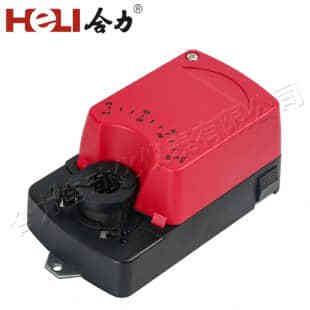Selecting the right damper actuator is crucial for ensuring optimal system performance and reliability. Several factors must be considered when choosing the appropriate actuator for a specific application:

Damper Size and Type: The size of the damper and the type of material it is made from can affect the type of actuator needed. Larger dampers may require more powerful actuators with higher torque capabilities, while smaller or lighter dampers may be controlled by less powerful devices. The type of damper (e.g., butterfly, parallel blade, or opposed blade) also impacts actuator compatibility.

Control Method: Depending on the control method used (e.g., 0-10V control, 4-20mA, or direct digital control), the actuator must be compatible with the HVAC system’s control system. Modulating actuators are typically used in systems that require fine adjustments, while on/off actuators may suffice in simpler applications. Power Source: Electric actuators are generally preferred in modern systems due to their precision and ease of use, but pneumatic actuators can be more suitable in environments with specific power constraints. For instance, in industrial settings where electrical systems may be prone to failure due to dust or humidity, pneumatic actuators offer a reliable alternative.

Leave a Reply